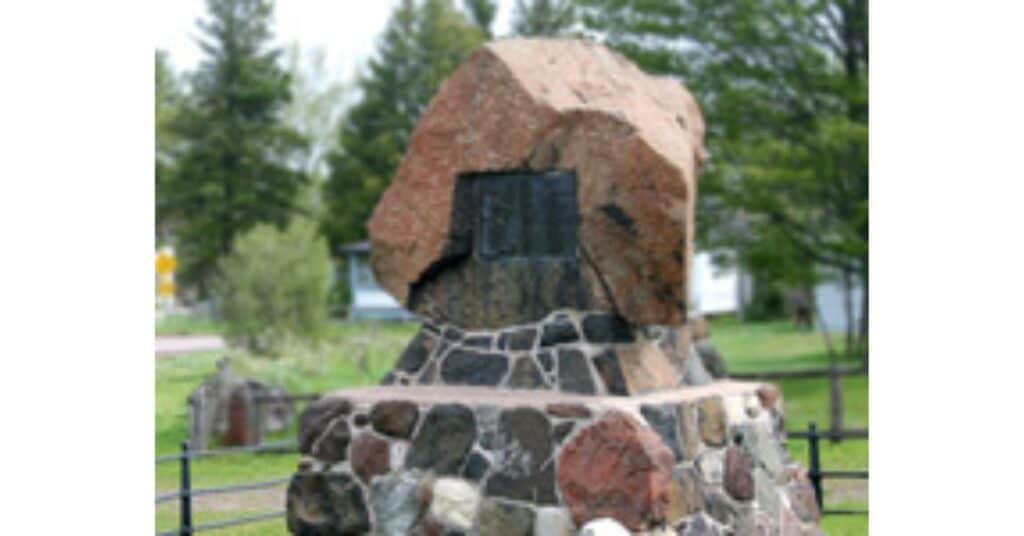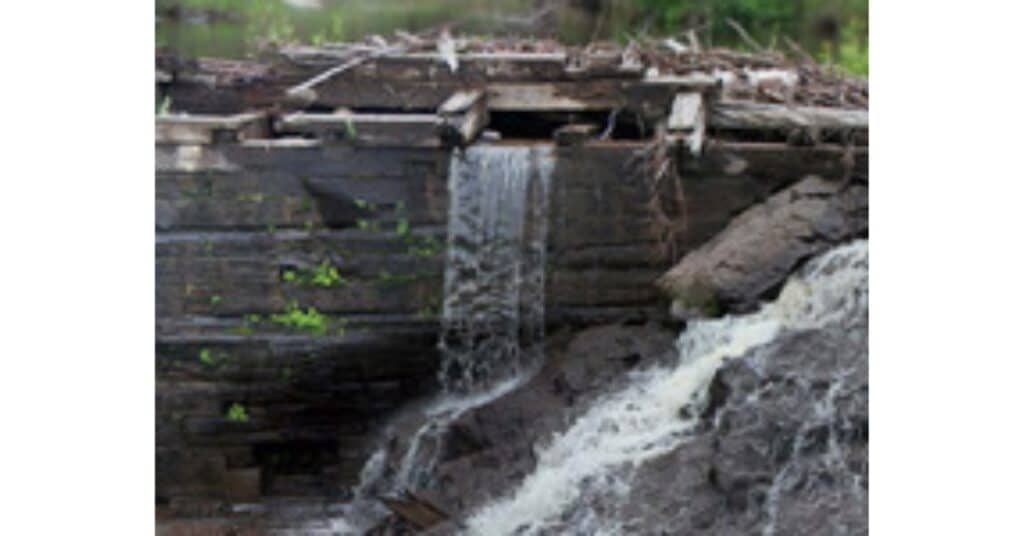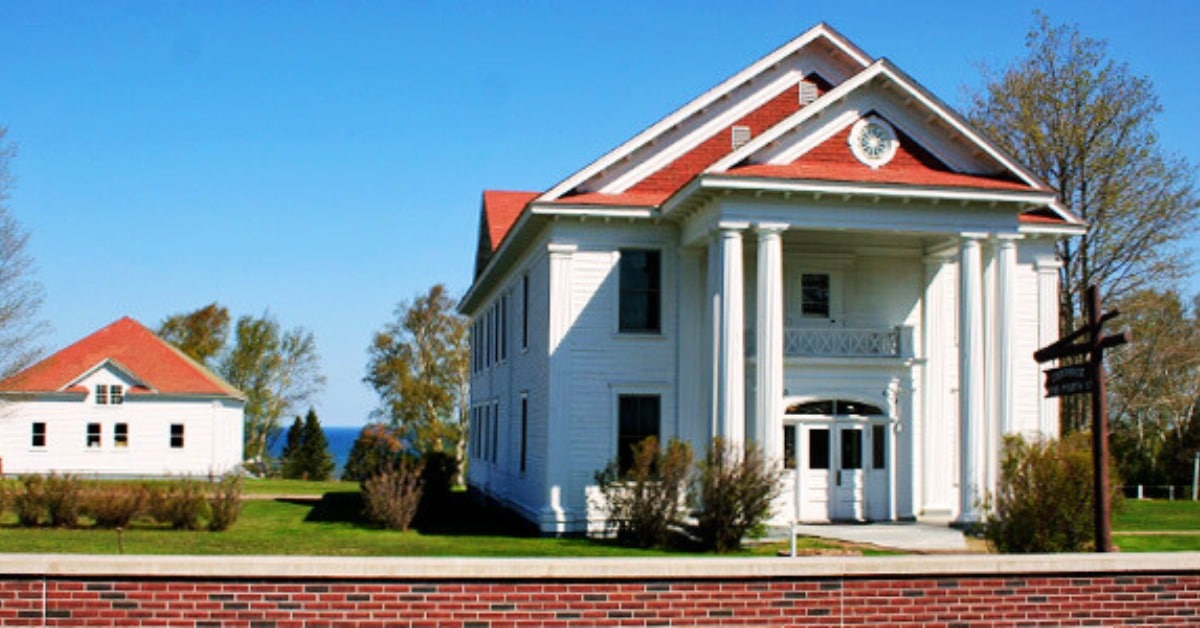Uncover the hidden treasures, delve into the captivating history, and immerse yourself in the natural splendor that awaits in Copper Country, Michigan. I am thrilled to unveil the secrets and marvels of this hidden gem that will leave you craving for more.
After years of exploration and digging, the Keweenaw was shaping up to be a massive disappointment for miners and investors alike. Although copper was being found, it wasn’t in large enough quantities to be profitable, and most mines quickly exhausted their start-up capital without making a dime.
In 1845 the district turned a corner with the discovery of a highly rich copper vein within the massive cliffs along the Eagle River. One of the first mines to take advantage was the Cliff, which went on to become one of the most successful mines in the Keweenaw, Michigan.
With its success came the need for a convenient port and fast. With the nearest natural harbor more than six miles away, a temporary solution was in order. That solution would be the town of Eagle River.
Also Read
Though not ideal, Eagle River’s location at the mouth of the Eagle River made it the best candidate for a shipping port. With the river dredged and long docks lining its banks, boats would unload their supplies and take on cargo within the river’s mouth.
In 1857 a lighthouse was constructed nearby, and the town quickly blossomed. Warehouses, hotels, and saloons were built along the river’s sandy banks. On the weekends, miners from all across the regions would come to town to spend their week’s earnings. Fights were common, and the region’s first jail had to be built in response.
Soon the town would supplant Copper Harbor as the peninsula’s center of commerce and, in return, was established as the Keweenaw County seat in 1861.
Yet nine years later, the village’s fortunes would change dramatically as its chief economic stimulator – the Cliff Mine – closed its doors.
With the mine closed, the dock and warehouse at the mouth of the river were abandoned, and the village’s role as a port would end. With the docks rotting away and the river filling with silt, there was no longer any need for a lighthouse, and it, too was abandoned.
Only the presence of the county courthouse and a fuse factory kept the old village on the map until the advent of the automobile and auto touring gave it new life as a tourist destination.
Today even the fuse factory is gone, leaving only its sand beach and county offices to draw visitors and residents.
Douglass Houghton Memorial

This stone memorial was built in 1914 by the Keweenaw Historical Society in honor of state geologist Douglass Houghton, who drowned just offshore from Eagle River during a storm.
Eagle River Falls

Easily viewed from an adjacent pedestrian bridge, this massive waterfall drops over the ruins of an old dam before cascading across a series of rocky outcroppings on its way into a deep gorge.
Eagle River Lighthouse
Built in 1873, this rather uninspired lighthouse once guided freighters to the copper-packed docks of the Cliff and Phoenix mines.
Evergreen Cemetery
This roadside cemetery was first established by one of the peninsula‘s earliest mining companies – Lake Superior – to serve residents of both Eagle River and its own mine location further inland.
Garden City Pond
Built originally by the Garden City Mine, this small dam and reservoir provide a quiet fishing spot off the beaten path.
German Hotel
This simple wood-framed house was once the home to the German Hotel, along with the area’s first jail built in its attic.
Keweenaw County Courthouse
This classically inspired structure has the distinction of being Michigan’s oldest courthouse and continues to be home to the county seat still today.
Sheriff’s Residence and Jail
This combination of jail and sheriff’s residence was built in 1886 to serve increasingly populated towns along the Keweenaw’s northern reaches.
Lake Shore Drive Bridge (1915)
This Warren deck truss bridge was one of Michigan’s original state-funded bridges, built in 1915 to carry traffic over the Eagle River gorge.
Lake Shore Drive Bridge (1990)
Built in 1990, this beautiful and unique wood-arched bridge carries US41 traffic over the Eagle River gorge.
Main Street Bridge
This through-truss steel bridge was built in 1909 to connect the east and west sides of Eagle River, previously separated by the river of the same name.






